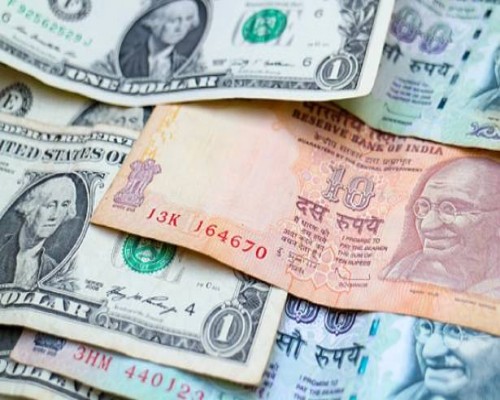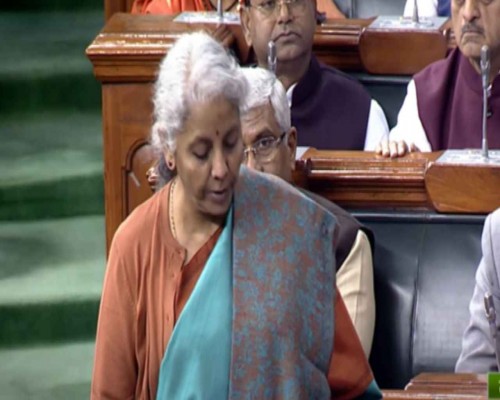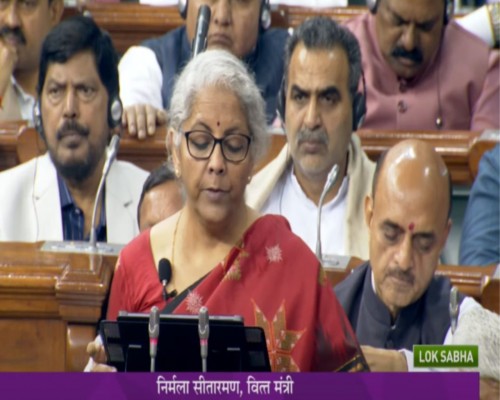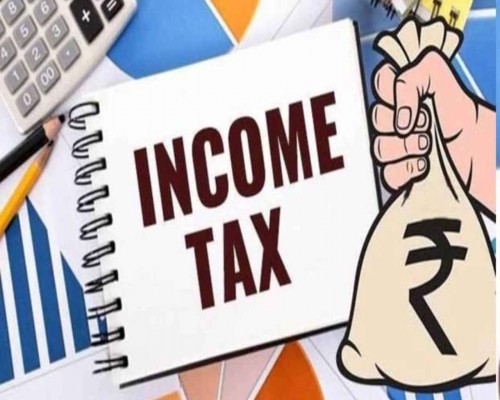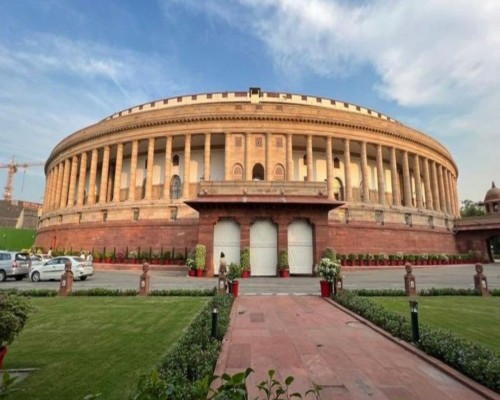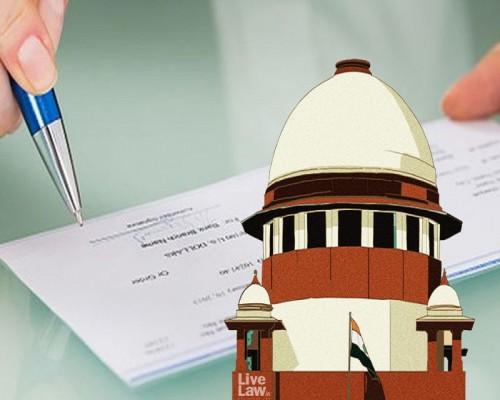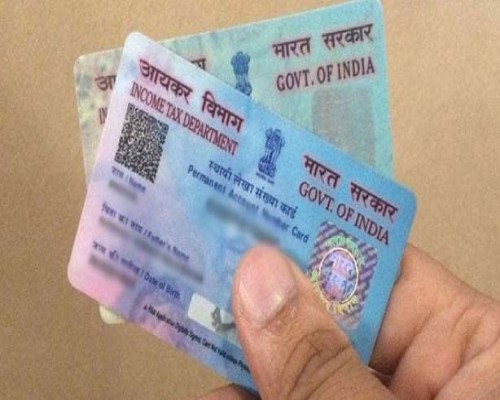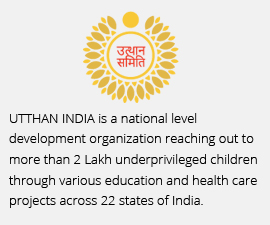India on the Path to Becoming a Global Semiconductor Hub: Major Investments, Strategic Policies, and Green Energy Initiatives
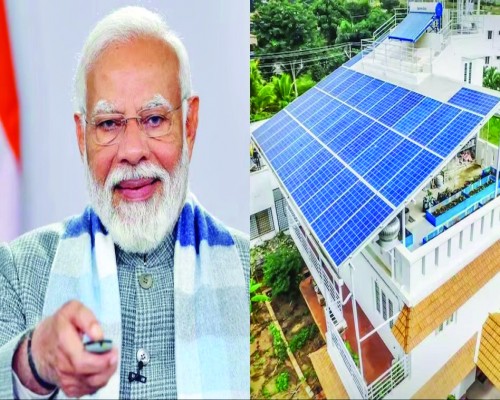
India is poised to make significant strides in the global semiconductor market, with investments and strategic initiatives that aim to position the country as a leader in chip manufacturing and innovation. Multiple developments, including the establishment of a semiconductor park in Greater Noida and the emphasis on green energy sectors like green hydrogen, indicate a comprehensive approach towards technological and economic advancement.
Projected Market Growth and India's Self-Reliance Efforts
The global semiconductor consumption is expected to exceed $110 billion by 2030, with Taiwan holding a dominant position by capturing 68% of the market. Taiwan Semiconductor Manufacturing Company Limited (TSMC) alone accounts for 90% of the chips used in electronic products worldwide. However, with the growing demand for semiconductors, India is keen to bolster its domestic production capabilities to reduce dependency on imports and meet the needs of its expanding industries.
Kulpati Gupta, Managing Director of Technology Private Limited, highlighted the challenges India faces in scaling up its semiconductor industry. While efforts are underway to produce chips in various nanometre sizes, achieving self-sufficiency will require substantial investment, technological advancements, and skilled manpower. The COVID-19 pandemic exposed the vulnerabilities of over-reliance on imports, especially from China and Taiwan, reinforcing the need for local production.
Establishment of Semiconductor Park in Uttar Pradesh
The state of Uttar Pradesh is emerging as a critical player in India's semiconductor landscape with the establishment of a semiconductor park in the Yamuna Expressway Industrial Development Authority (YEIDA) region, Greater Noida. Covering 425 acres, this park is set to house five major semiconductor companies and attract investments from both local and international firms. Officials from YEIDA noted that the initiative would generate thousands of jobs and contribute significantly to the state's economy by 2024.
The park is a part of a broader strategy to develop Uttar Pradesh as a high-tech hub, with robust infrastructure, favourable policies, and investment incentives aimed at attracting high-tech industries. The project aligns with India's vision to become a global leader in semiconductor manufacturing and reduce reliance on foreign technology.
Focus on Green Energy: Green Hydrogen as a Catalyst for Change
In parallel with semiconductor developments, Prime Minister Narendra Modi emphasized the need to explore new energy sectors, specifically green hydrogen, to address climate change and support sustainable growth. Speaking at the 'Green Hydrogen India 2024' International Conference, Modi outlined India’s plans to increase green hydrogen production capacity to 300 gigawatts by 2030, which would significantly reduce reliance on fossil fuels and position India as a leader in the global energy transition.
Modi’s address called for strategic investments in green hydrogen technologies and underscored the urgency of adopting sustainable energy solutions. He invited global partners to join India in promoting clean energy and achieving carbon neutrality.




